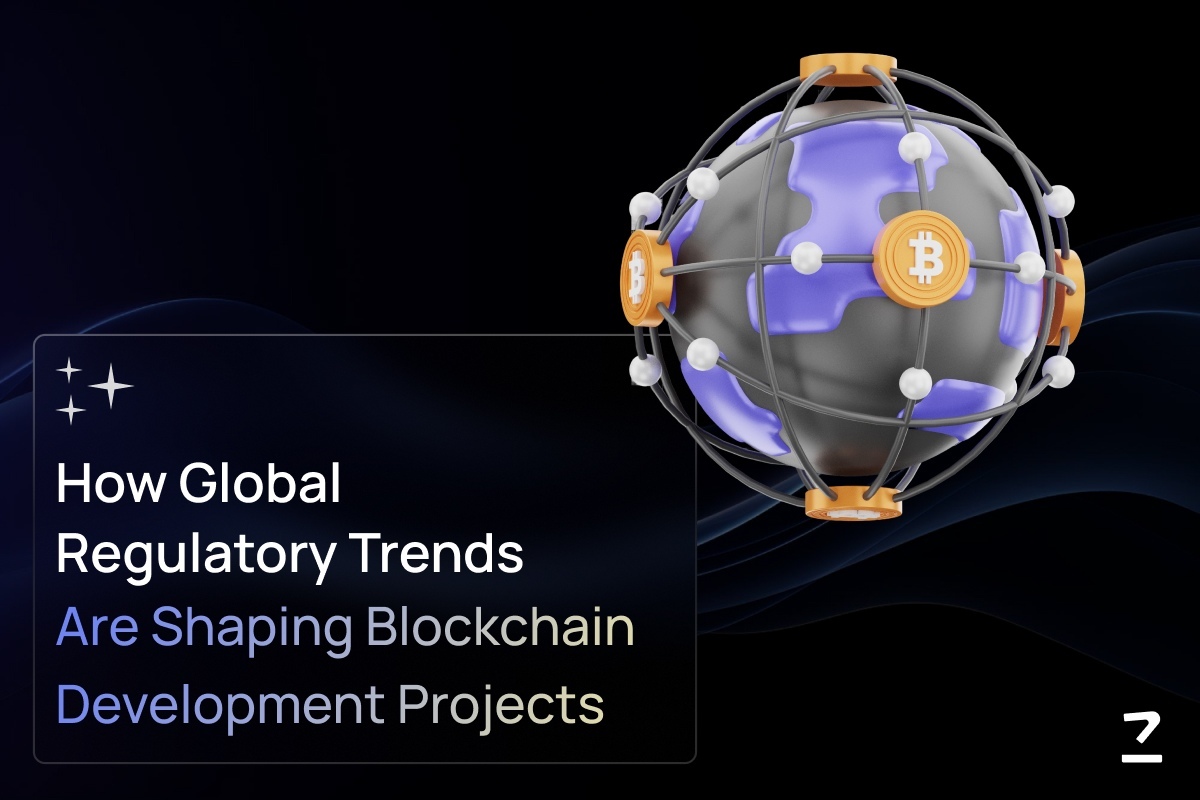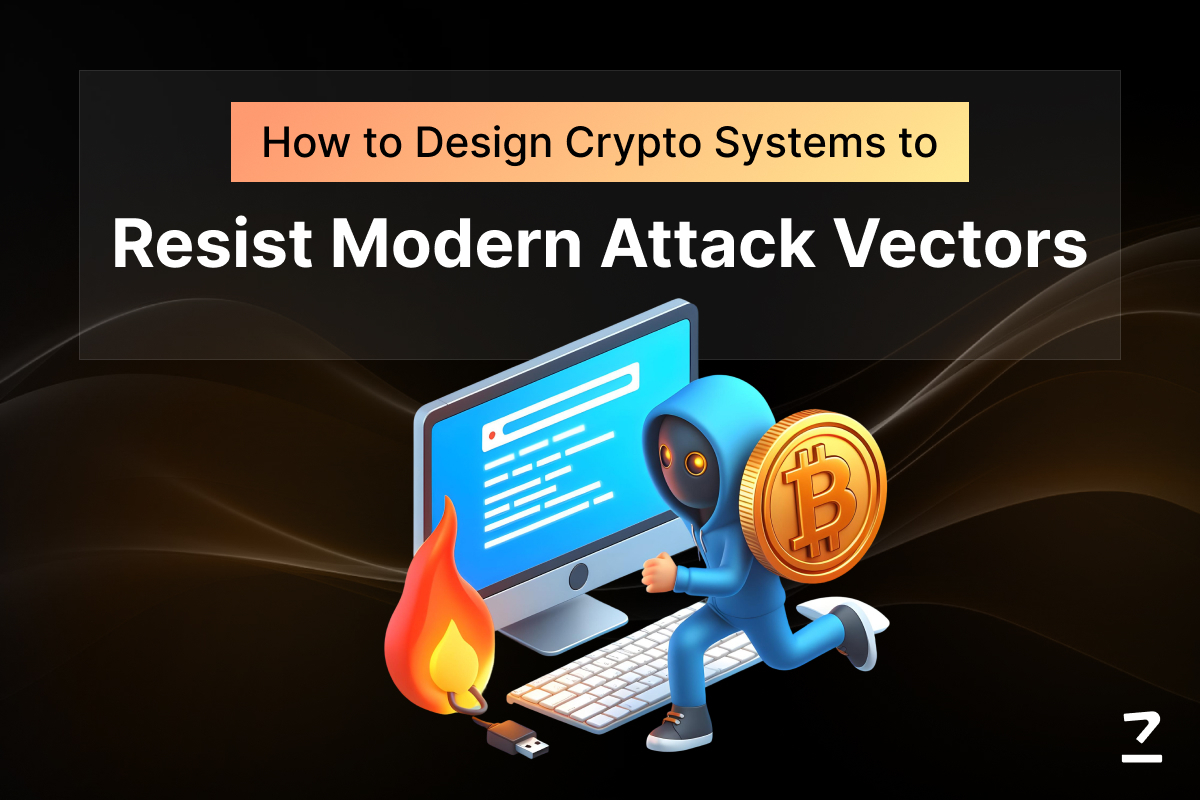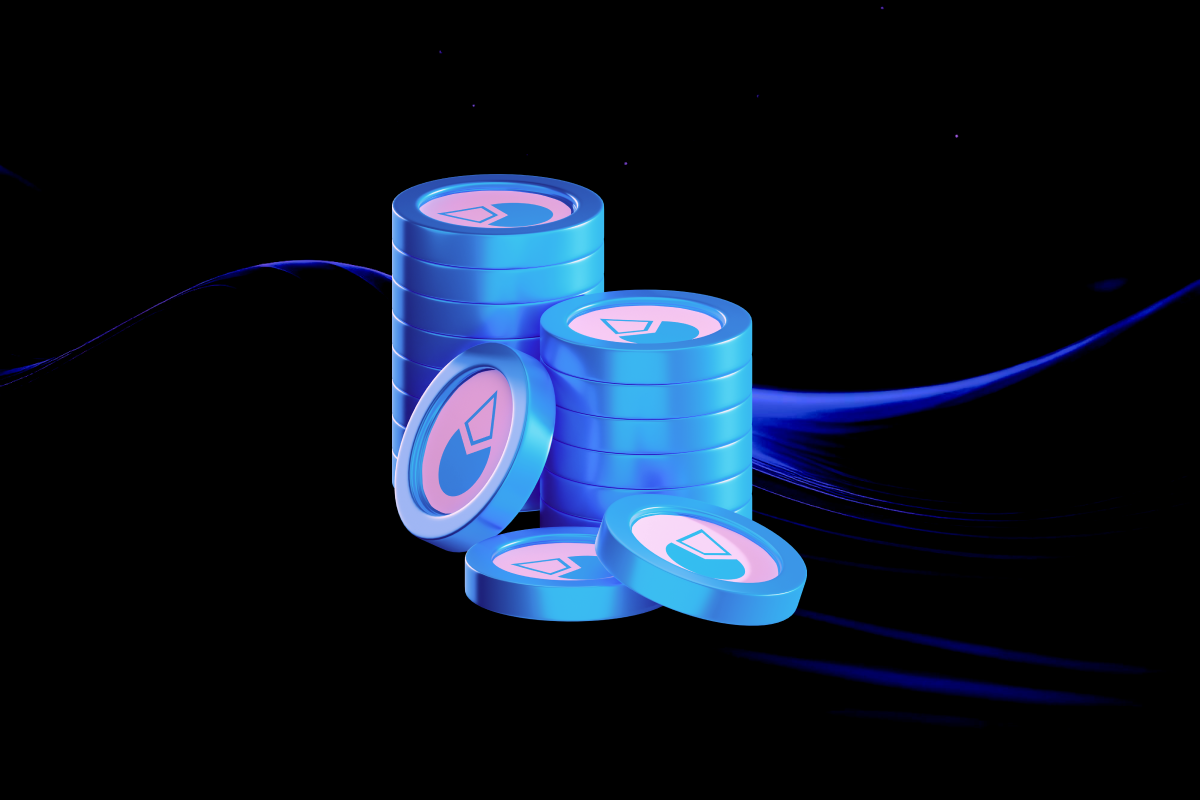SHARE THIS ARTICLE
Bridging the Gap: Integrating Layer 2 Solutions with Existing Ethereum Smart Contracts

Ethereum smart contract developers are all too familiar with the pain points of high gas fees and slow transaction times. As the network grows in popularity, these issues have become increasingly problematic, obstructing the widespread adoption of decentralized applications (dApps). However, the advent of Layer 2 solutions shows strong promise for addressing Ethereum’s scalability limitations.
Layer 2 solutions are protocols built on top of the Ethereum mainnet, designed to process transactions off-chain and then settle them back on the main blockchain. By offloading the computational load, Layer 2 networks can considerably improve transaction throughput and reduce costs. This has opened up new possibilities for building more efficient and cost-effective dApps.

Despite the strong promise shown by Arbitrum Layer 2 solutions and others, there remains a challenge in integrating them with existing smart contracts. Smart contracts are the foundation of Ethereum's decentralized ecosystem, and they are designed to operate within the constraints of the mainnet. Integrating Layer 2 solutions requires careful consideration of the existing smart contract architecture and the need for secure and reliable communication between the two layers.
Bridging the Smart Contract Divide
The integration of Layer 2 solutions with Ethereum smart contracts requires careful consideration of the communication mechanisms between the two layers. There is a variety of innovative technical approaches.
Rollup-Specific Solutions
Optimistic Rollups and zk-Rollups employ different approaches to facilitate communication between Layer 2 and the Ethereum mainnet.
Optimistic Rollups
Optimistic Rollups rely on "data availability proofs" to communicate with the mainnet. When a transaction is processed on the Layer 2 network, the transaction data is posted on the Ethereum mainnet. If a dispute arises, the Layer 2 network must provide proof that the transaction was valid, which is then verified on the mainnet.
zK-Rollups
zk-Rollups use "SNARKs" (Succinct Non-cryptographic Arguments of Knowledge) to communicate with the mainnet. Instead of posting the entire transaction data, zk-Rollups generate a cryptographic proof that attests to the validity of the transactions. This proof is then submitted to the mainnet, allowing for faster and more efficient communication.
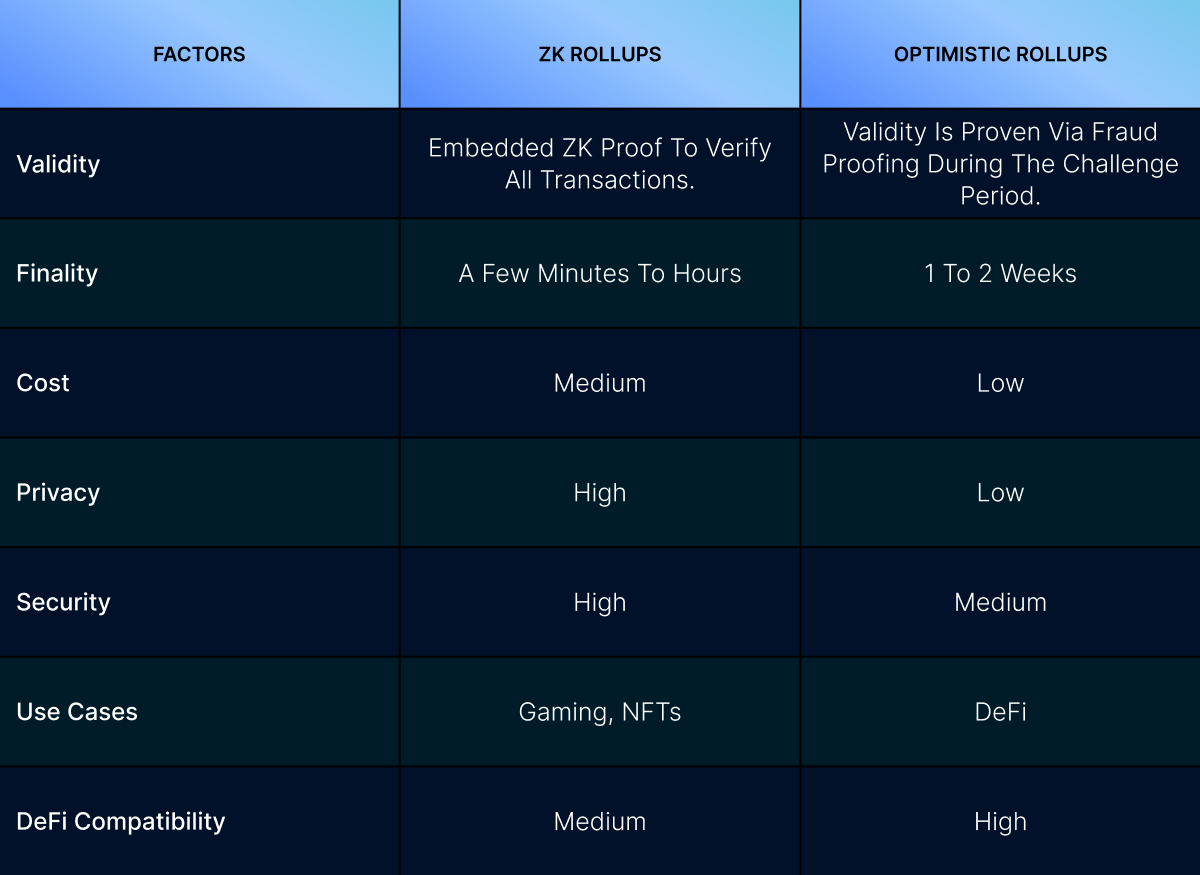
Generalized Communication Channels
While rollup-specific solutions provide a way to integrate Layer 2 with the mainnet, there are also more generalized communication channels coming up. One example is "Generic Message Passing" (GMP), which aims to allow for flexible communication across different Layer 2 environments, regardless of their underlying architecture.
Security Considerations
Integrating Layer 2 solutions with Ethereum smart contracts raises important security considerations that must be addressed.
Fraud Proofs and Dispute Resolution: Both Optimistic Rollups and zk-Rollups have mechanisms in place to identify and resolve fraudulent transactions. Optimistic Rollups rely on a "fraud proof" system, where users can challenge the validity of a transaction, triggering a dispute resolution process on the mainnet. zk-Rollups, on the other hand, use the cryptographic proofs generated during transaction processing to ensure the integrity of the data.
Exit Games and Mainnet Security: In the event of a Layer 2 network failure or security breach, it is crucial to have a secure way for users to exit the Layer 2 environment and retrieve their assets on the mainnet. This process, known as an "exit game," involves submitting the necessary proofs and data to the mainnet to reclaim ownership of the assets.
Developer Tools and Resources
To simplify the integration of Layer 2 solutions with Ethereum smart contracts, various tools and resources have been developed by the Ethereum ecosystem.
Layer 2 SDKs
Leading Layer 2 projects like Optimism and Polygon offer efficient Software Development Kits (SDKs) that provide developers with all the necessary tools and functionalities to interact with their specific Layer 2 environment. For instance:
-
Submitting transactions to Layer 2
-
Monitoring transaction status
-
Withdrawing assets back to the mainnet
-
Interacting with smart contracts deployed on Layer 2
Smart Contract Abstraction Layers
Taking developer experience a step further, frameworks like Aztec Connect act as smart contract abstraction layers. These tools essentially hide the complexities of the underlying Layer 2 technology, allowing developers to execute smart contract development in a familiar way that works effectively across different Layer 2 environments. This considerably reduces the learning curve and development time associated with integrating Layer 2 solutions.
Case Studies and Real-World Applications
The integration of Layer 2 solutions with Ethereum smart contracts has already yielded tangible benefits in various real-world applications. Here are a few compelling examples.
DeFi Applications
Decentralized finance (DeFi) protocols like Uniswap have utilized Optimistic Rollups to provide faster and more cost-effective token swaps. By processing transactions off-chain, Uniswap on Optimism has seen a significant reduction in gas fees, making it more accessible to a wider user base. This integration has allowed Uniswap to scale its operations, boost overall liquidity within DeFi applications, and maintain its position as a leading decentralized exchange.
Gaming and NFTs
The gaming and non-fungible token (NFT) sectors have also benefited greatly from Layer 2 integration. Platforms like ImmutableX, built on top of Ethereum, utilize zk-Rollups to facilitate high-throughput, low-cost transactions for in-game economies and NFT marketplaces. This has allowed game developers to create more scalable and engaging experiences, where players can freely trade and interact with digital assets without being burdened by the limitations of the Ethereum mainnet.
Future Potential and Upcoming Innovations
The future of Layer 2 communication is brimming with exciting possibilities.
Cross-Chain Communication Protocols
Protocols like Nomad and LayerZero are pioneering cross-chain communication. These solutions act as bridges, allowing users to move assets between different Layer 2 networks in a hassle-free manner. This leads to a more interconnected ecosystem and allows users to tap into the unique strengths of various Layer 2 solutions.
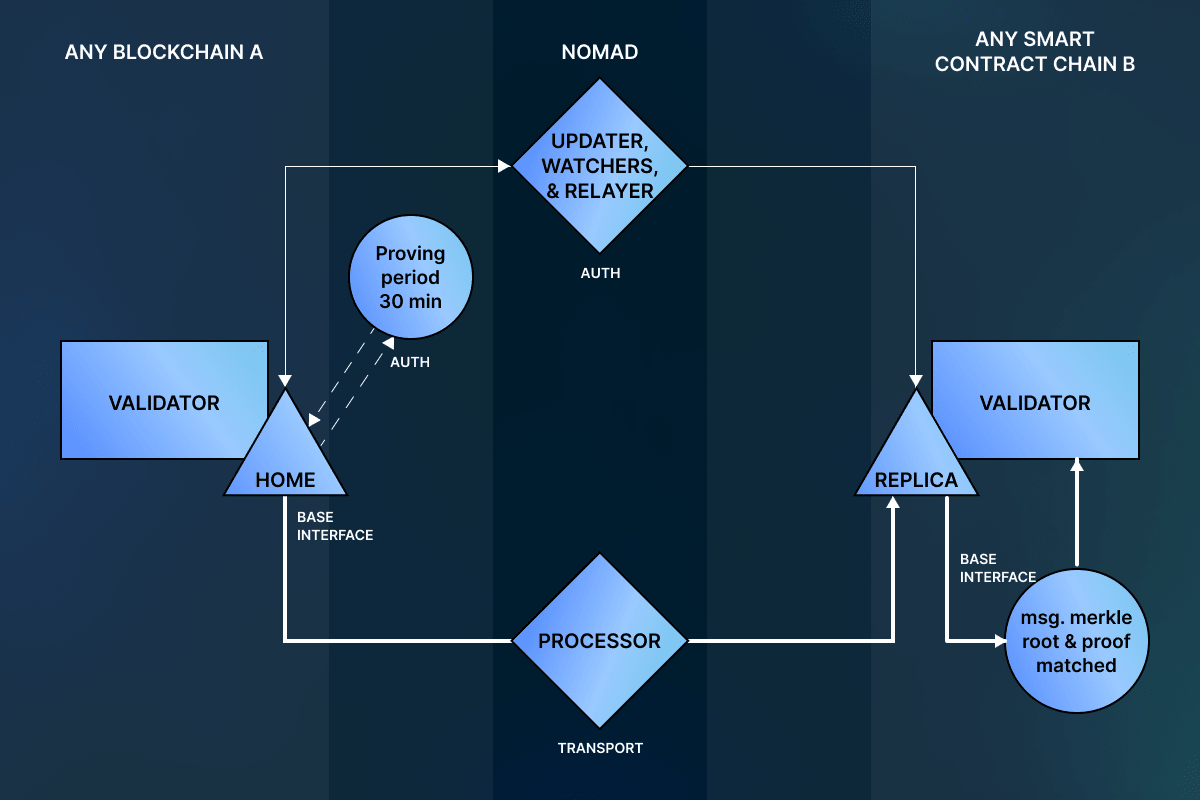
Standardized Communication Layers
Further ahead, proposals for universal communication frameworks across different Layer 2 solutions are being explored. These standardized layers would act as a common language, allowing developers to build applications that can interact efficiently with any Layer 2 network that adheres to the standard. This would significantly simplify development and accelerate the adoption of Layer 2 solutions within the Ethereum ecosystem.
Conclusion
By bridging the gap between Layer 2 solutions and existing Ethereum smart contracts, developers can get hold of more efficient methods for building decentralized applications. Layer 2 integration offers a path towards faster, cheaper, and more accessible dApps, leading to wider user adoption.
For building on Ethereum, considering Layer 2 solutions is mandatory. They offer the extremely crucial benefits of scalability, cost-efficiency, and improved user experience. At Codezeros, we have a team of experienced Ethereum and Layer 2 experts who can guide you through the integration process and help you build state-of-the-art dApps. Contact us today to learn more about our Ethereum development services and how we can support you with Ethereum dApp development.
Post Author

Vivek is a passionate writer and technology enthusiast with expertise in blockchain development. As the lead writer for Codezeros, he aims to educate and inform readers about the potential of blockchain technology and simplify complex concepts to present them in an engaging manner for both technical and non-technical readers.
Build faster, more cost-effective Ethereum dApss with Codezeros' Layer 2 solutions
Develop next-generation Ethereum dApps. At Codezeros, we help you integrate Layer 2 solutions for your Ethereum dApps, facilitating faster speeds, lower costs, and a smoother user experience.

